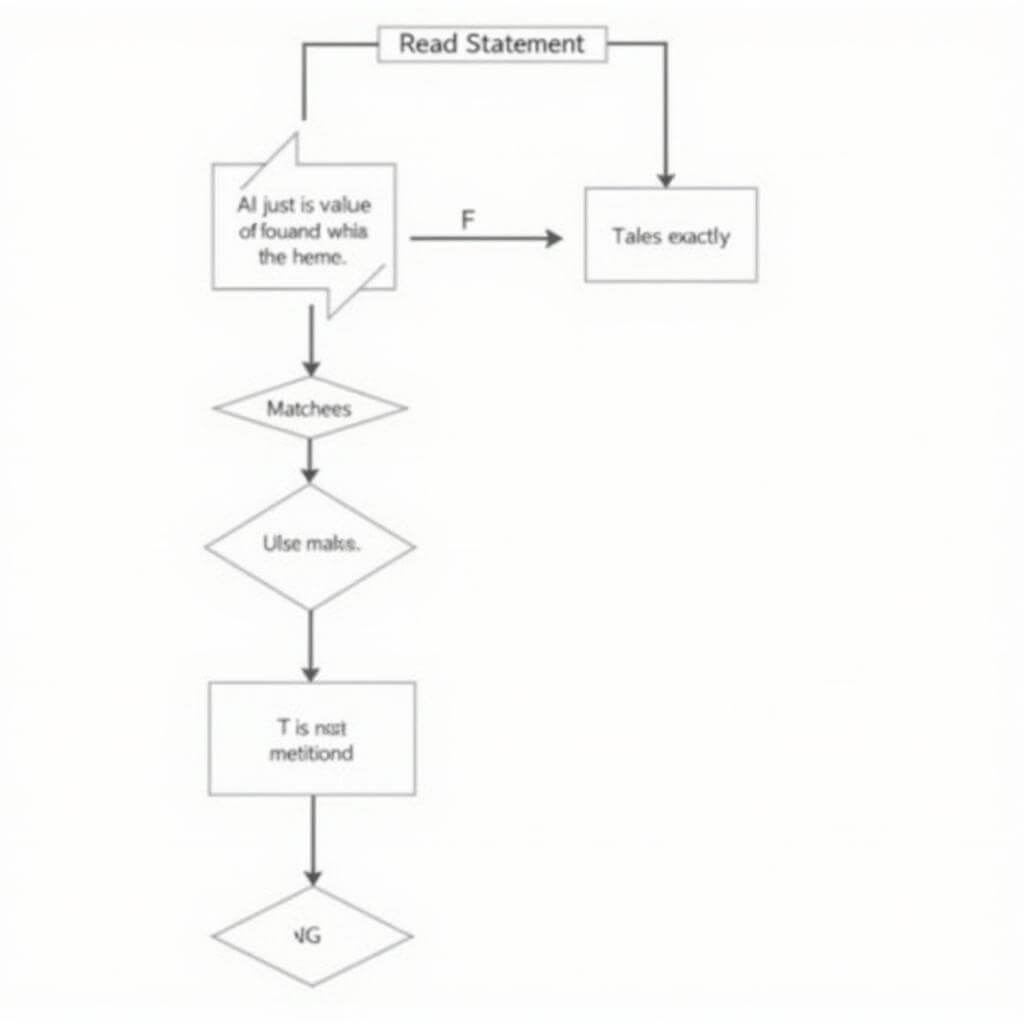True/False questions are a common challenge in the IELTS Reading test, often leaving test-takers scrambling for time. This guide will help you master the art of answering these questions swiftly and accurately, boosting your IELTS score.
Understanding the True/False Question Format
Before diving into strategies, it’s crucial to understand the nature of True/False questions in IELTS. These questions typically present statements that you must categorize as either True, False, or Not Given based on the information in the passage.
Key Characteristics:
- Statements are usually in the same order as the information in the text
- They often use different words to express the same ideas as the passage
- The ‘Not Given’ option adds an extra layer of complexity
Quick Scanning Techniques for IELTS True/False Questions
Efficient scanning is the cornerstone of answering True/False questions quickly. Here’s how to refine your scanning skills:
- Identify keywords in the statement
- Locate these keywords or synonyms in the passage
- Read the surrounding context carefully
- Compare the statement with the information in the text
“The ability to scan quickly is not just a skill, it’s a game-changer in IELTS Reading,” says Dr. Emily Chen, IELTS examiner with 15 years of experience.
How to identify supporting details quickly can significantly improve your scanning efficiency.
Strategies for Swift Decision Making
Once you’ve located the relevant information, making a quick decision is crucial. Here are some strategies to help you:
For ‘True’ Statements:
- Look for exact matches or clear paraphrases
- Ensure all parts of the statement are supported by the text
For ‘False’ Statements:
- Identify contradictions between the statement and the passage
- Be cautious of partial matches that might be misleading
For ‘Not Given’ Statements:
- Recognize when the text doesn’t provide enough information
- Avoid making assumptions based on general knowledge

Time-Saving Tips for IELTS True/False Questions
- Practice with a timer to improve speed
- Develop a consistent approach for each question
- Move on if you’re unsure and return later if time allows
- Use elimination method when stuck between two options
“Time management is often the difference between a good and a great IELTS score,” notes Professor Mark Thompson, IELTS preparation expert.
How to avoid misinterpreting questions is crucial for both accuracy and speed in True/False sections.
Common Pitfalls to Avoid
Be aware of these common mistakes that can slow you down:
- Over-analyzing the text
- Relying on background knowledge instead of the passage
- Getting stuck on difficult questions
- Ignoring the ‘Not Given’ option
Strategies to approach IELTS true/false questions can help you navigate these challenges more effectively.
Advanced Techniques for Faster True/False Answers
Keyword Variation Recognition
Train yourself to quickly recognize synonyms and paraphrases of key terms. This skill allows for faster identification of relevant information in the passage.
Contextual Inference
Develop the ability to quickly understand the context surrounding key information. This can help you make faster decisions, especially for ‘Not Given’ statements.
Strategic Guessing
When time is running out, make educated guesses based on partial information. It’s better to answer all questions than to leave some blank.
Practicing for Speed and Accuracy
To truly master quick True/False answers, consistent practice is key:
- Use official IELTS practice materials
- Time yourself regularly
- Analyze your mistakes and identify patterns
- Gradually increase your speed while maintaining accuracy
“Regular, focused practice is the secret to mastering IELTS True/False questions,” advises Dr. Sarah Lee, IELTS coach and researcher.
How to tackle tricky questions in IELTS reading can provide additional insights for challenging True/False scenarios.
Conclusion
Mastering the art of answering True/False questions quickly in IELTS is a skill that combines speed, accuracy, and strategic thinking. By implementing these expert tips and consistently practicing, you’ll be well-equipped to tackle this challenging aspect of the IELTS Reading test with confidence and efficiency. Remember, the key is to balance speed with accuracy – aim to be quick, but not at the expense of correctness.
To further enhance your IELTS Reading skills, explore more about the Types of questions in IELTS reading section and develop a comprehensive approach to all question types.
FAQ
-
How many True/False questions are typically in an IELTS Reading test?
The number can vary, but you can expect around 5-7 True/False questions per passage. -
Is it better to guess or leave a True/False question unanswered?
Always guess if you’re unsure. There’s no penalty for wrong answers in IELTS. -
How much time should I spend on each True/False question?
Aim for about 1 minute per question, but be flexible based on difficulty. -
Can I write T/F/NG instead of True/False/Not Given on the answer sheet?
Yes, T/F/NG are acceptable abbreviations on the IELTS answer sheet. -
How can I improve my speed in answering True/False questions?
Regular timed practice and developing efficient scanning techniques are key to improving speed. -
Are True/False questions easier or harder than other IELTS Reading question types?
The difficulty varies, but many find True/False questions challenging due to the ‘Not Given’ option and the need for precise understanding. -
Should I read the entire passage before attempting True/False questions?
It’s generally more efficient to go directly to the questions and scan for relevant information rather than reading the entire passage first.